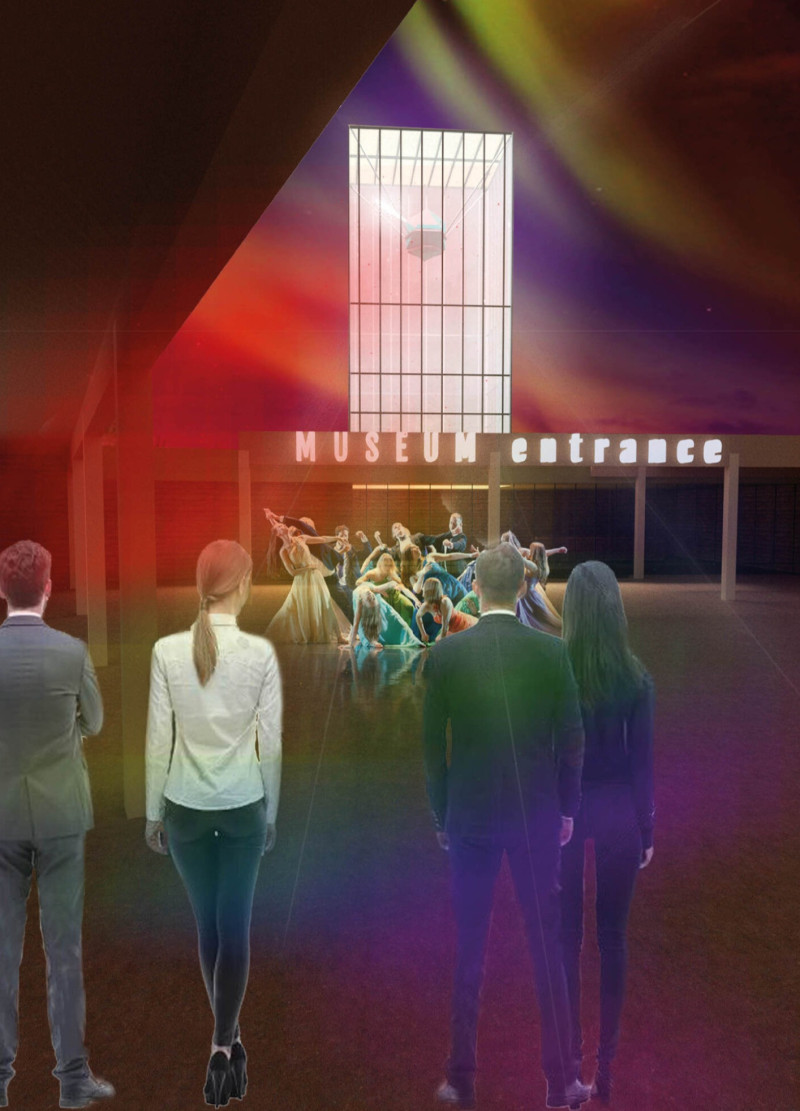5 key facts about this project
The Lighthouse Museum is located in the Myvatn region of Iceland, designed to serve both tourists and local residents. It focuses on creating a community environment that encourages social interaction while connecting with the surrounding natural landscape. The design aims to rejuvenate the area through a central citadel that both enriches the visitor experience and strengthens local identity.
Community Integration
The design strategy includes the formation of a citadel around a central public square, intended to become a hub of activity. This layout not only provides a space for gatherings but also responds to the limited services in the Myvatn area. Each aspect of the project is crafted to enhance movement and interaction among residents and visitors, contributing to the cultural and economic vitality of the region.
Spatial Organization
The site is organized into distinct zones that encompass residential, sports, retail, and competition spaces, all connected by a network of roads. This arrangement supports ease of navigation and promotes interaction among different functions, creating a lively community atmosphere. By integrating various uses into the layout, the design encourages well-being and enhances engagement within the local population.
Architectural Features
A notable aspect of the museum is the optical prism located inside the lighthouse, which recreates the colors of the Northern Lights. This feature enriches the visitor experience, positioning the lighthouse as a guiding structure while also representing the blend of architecture and natural elements. It adds depth to the project’s theme, inviting exploration and curiosity.
Construction Methodology
The construction of the workshop area uses pre-assembled wooden modular covers, making customization and assembly efficient. This approach allows for a lighter design and speeds up the building process. The use of load-bearing walls and pillars as the main support structures aligns with the overall design goals, ensuring stability while integrating with the surrounding environment.
The museum includes large glass façades that bring in natural light and frame views of Iceland's remarkable landscape, creating a strong connection between indoor and outdoor spaces.






















































